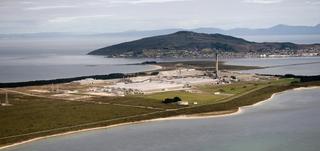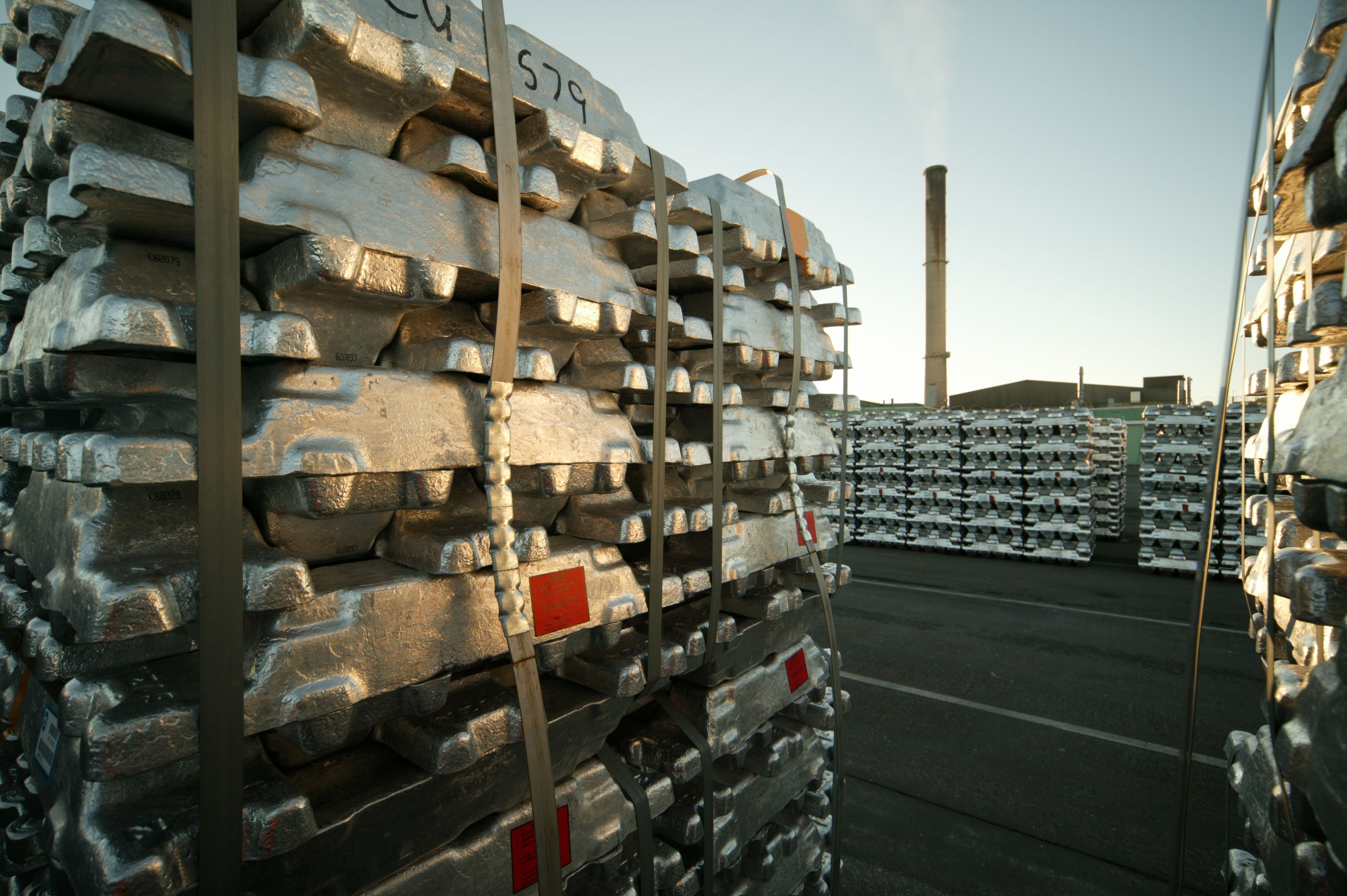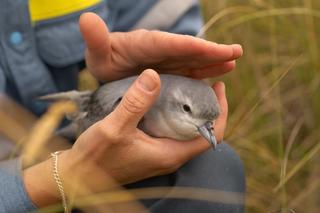Performance & Progress Report 2024-25
From mobile phones to alloy wheels, from ladders to aircraft, the aluminium made annually at Tiwai Point is used in a huge array of products that help the world to build, move and stay in touch.
The three Ps
The success of the smelter at the end of the world is based on its people, products and partnerships – the story of which is set out in our Performance & Progress Update 2024-25.
Our update sets out in detail a momentous period in the smelter’s 50+ year history, including:
- The 20-year energy supply agreement signed in May 2024 with major generators;
- How the smelter, used as New Zealand’s largest ‘virtual battery’, helped to keep the lights on during a cold winter and its aftermath;
- Ongoing efforts to remediate and protect a precious environment with a centuries-long history of human habitation;
- The consolidation of the smelter’s partnership agreement with Te Rūnanga o Ngāi Tahu;
- Community initiatives benefitting organisations and projects across Murihiku Southland.
Please take the time to look at our Update. If you have any feedback on it, we’d love to hear that too.



